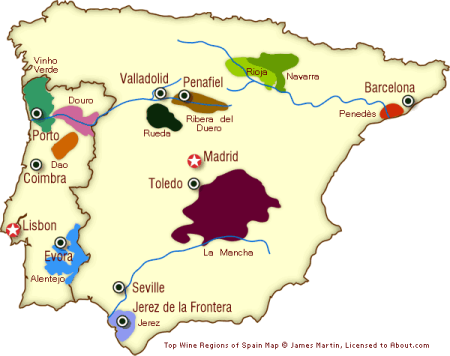How Do You Say Viognier? “Vee-yon-nyay”
I have often referred to this grape as”the in between,” “soft,” “the stepping stone” and simply “flowers”. It is the ancient, behind the scenes yet still unknown grape. Did you know that Viognier is often blended with Syrah/Shiraz. A common practice actually. You may have had Viognier multiple times and never even knew it…hence the behind the scene grape.
Viognier is indigenous to France. Grown mostly in the Rhone Valley (and along the Mediterranean), it is made into the perfumed essence of Condrieu (the Viognier Capital of Northern Rhone Valley and I might add the impossibly hard to get a hold of wine and one of the hardest to sell). Viognier is also blended with the French white grapes Marsanne, Roussanne and Grenache Blanc in Rhone too. Due to Viognier’s floral presence, many wine makers will blend it with Syrah. This blend also causes a chemical reaction giving the wine a darker, more concentrated color. This practice is old hat in France, but now is seen more and more in Australia, California and S. Africa.
One reason why Viognier is one of my favorite grapes is because it is a great “stepping stone” or “in between” from sweet white wine to dry white wine. The reason is that Viognier is typically lower in acid, softer and very fruit forward. This lessens the shock from sweet to dry. Plus, the aromas this grape produces are so delicious smelling, this alone tricks the minds into thinking you’re going to have a sweeter wine. Also, I often try to move Oaked Chardonnay drinkers to California Viognier. It has this creamy, vanilla, flower blossom and peach cobbler effect. French Viognier is more floral and has a dried apricot and honeysuckle flavor.
Beyond the typical Viognier blend, many vineyards are blending it with Chardonnay, Pinot Gris and Cabernet Sauvignon with great success. I have been pleased with quite a few; especially in S. African wines.
Another reason why you may not be familiar with Viognier is because it is a very fickle and difficult grape to grow. The production has to be kept low for vineyards to have better control overseeing the vines growing process. It is delicate from vine to the wine in your glass. Plus, it is a great pairing with spicy foods! Which I love and is my most popular wine pairing question. Manitou definitely likes their spice…in their food and in life!
